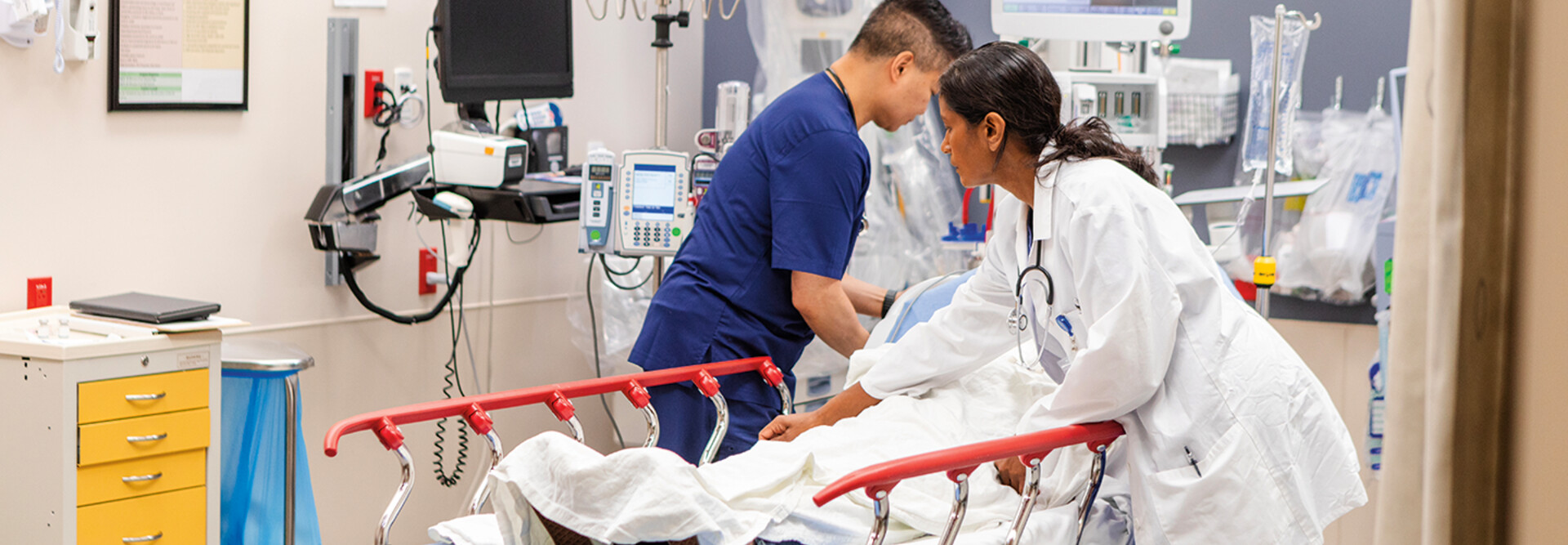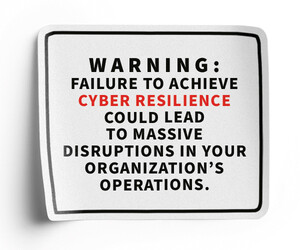If organizations lack the necessary skills and resources, maintenance and management of the tools and technologies, along with training and uplift to support their OT and critical infrastructures, they risk increased and protracted downtime.
Internet connectivity is another vital component of critical infrastructure. Systems such as electronic medical records rely on consistent connectivity; for resiliency, networks should be augmented with redundant fiber or satellite communication. Adding a resilient mode of communication gives providers options, which is vital when challenges arise during an emergency.
Budget constraints are another challenge facing healthcare OT and critical infrastructure. Due to the rising cost of care, cuts to federal funding and other financial pressures, many healthcare organizations are forced to limit their investments. As a result, aging technologies become more vulnerable to cyberthreats.
How Health Systems Can Better Protect OT and Critical Infrastructure
The first step to protecting OT and critical infrastructure is understanding how an organization’s clinical care model relies on these systems. If they are manually operated, what resiliency model is in place? Are there staff members who can maintain these systems during a natural disaster or other major event within the hospital or community? In the event of a natural disaster, cyberattack or other major disruption, can the organization maintain the continuity of care and continue to operate?
The last thing a hospital wants — especially a trauma center — is to be unable to provide patient care. Diversion to another facility or system can significantly impact patient outcomes. That’s why it’s important for organizations to understand how these critical system flows support and enhance existing and planned business continuity and disaster recovery efforts.
Working with an experienced technology partner can help healthcare organizations gain the experience needed to better protect their OT and critical infrastructure systems. A partner like CDW can help determine their systems’ inputs and outputs with an understanding of how individual systems rely on each other. CDW can also identify what type of alerting and monitoring is available, if any. Our experts — with extensive clinical experience — can recommend needed improvements to systems for an enhanced model of care.
If there is a gap in alerting and monitoring, CDW can develop an incident recovery program — focused on the resiliency of critical care systems — and even deploy capabilities to orchestrate and enhance automation. This ensures multiple levels of resiliency that don’t rely entirely on human interaction.
CDW experts will ensure there are consistent resiliency models in place across the entire healthcare system, not just within a single building or campus. Developing backup plans for each stage of the care journey is crucial to ensuring continuity of care amid an evolving threat landscape — a necessary continuum resulting in enhanced patient outcomes.
This article is part of HealthTech’s MonITor blog series.












